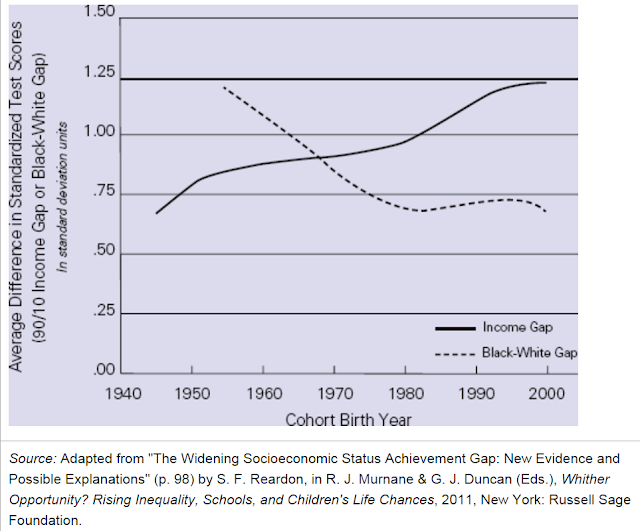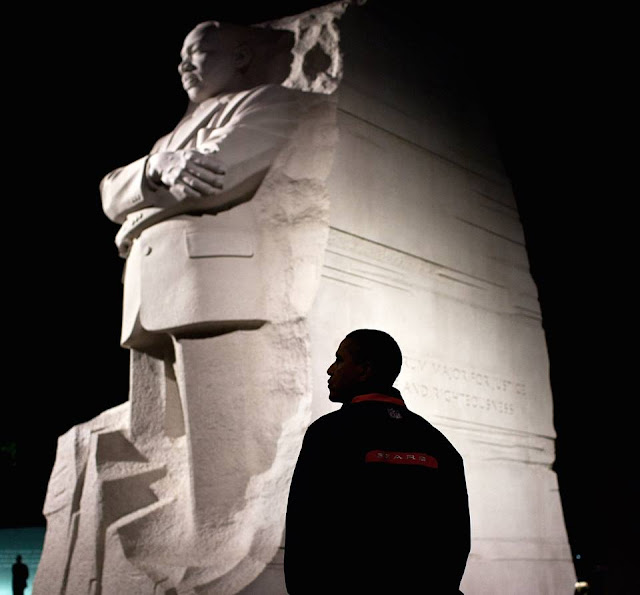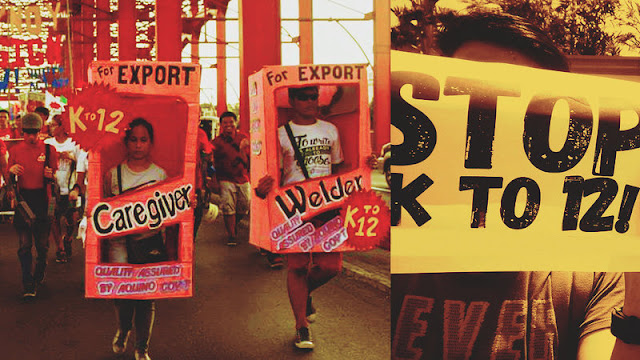Corruption and Basic Education

One can make comparisons between countries. With such exercise, one may find correlations. Here is one. Corruption and basic education seem to be strongly correlated. Countries where corruption is perceived to be low tend to have better educational systems. Transparency International provides on an annual basis a Corruption Perception Index (CPI) , a measure of the perceived level of public sector corruption for each country. The 2015 numbers are now available and the following lists the 40 least corrupt countries in the world. Rank CPI2015 Country 1 91 Denmark 2 90 Finland 3 89 Sweden 4 88 New Zealand 5 87 Netherlands 5 87 Norway 7 86 Switzerland 8 85 Singapore 9 83 Canada 10 81 Germany 10 81 Luxembourg 10 81 United Kingdom 13 79 Australia 13 79 Iceland 15 77 Belgium 16 ...










